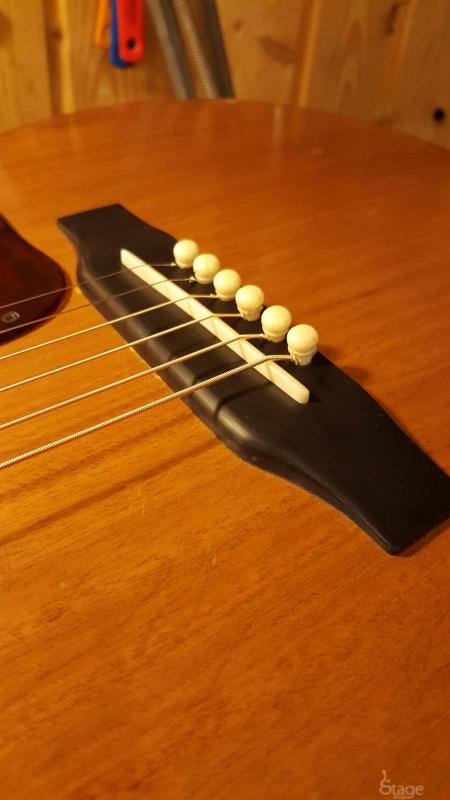


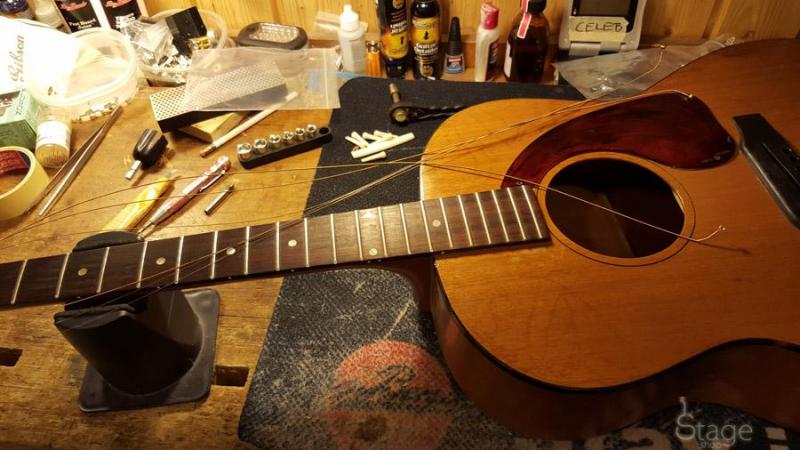
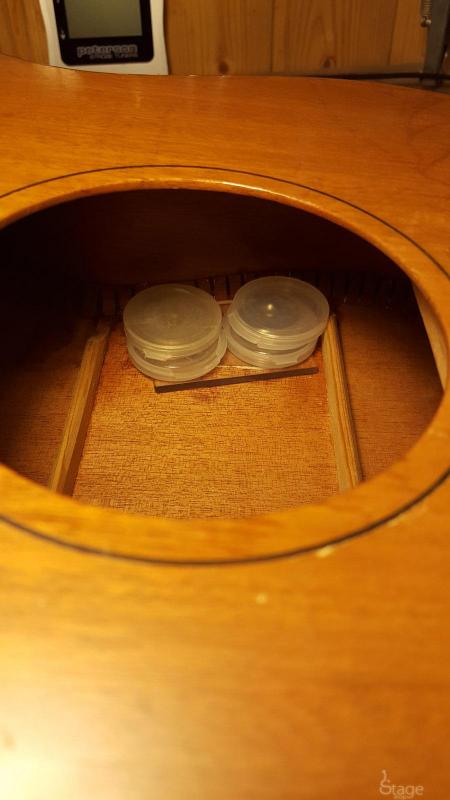


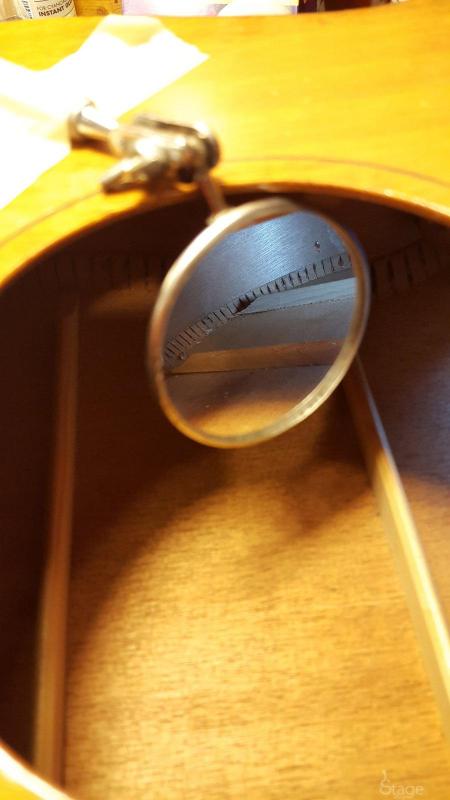

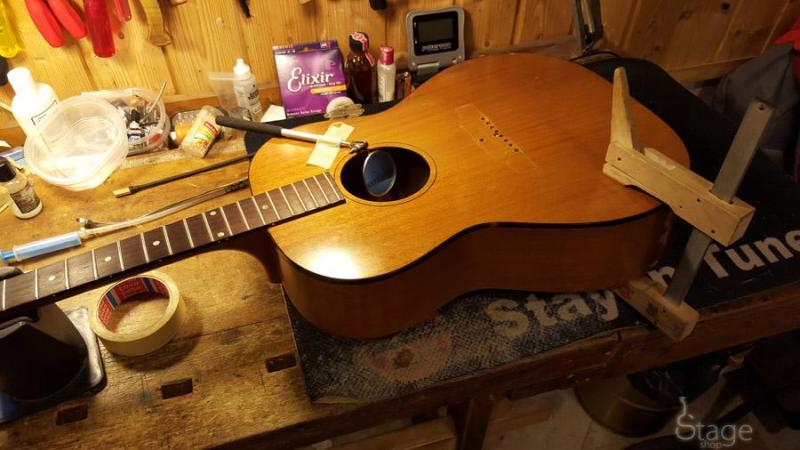


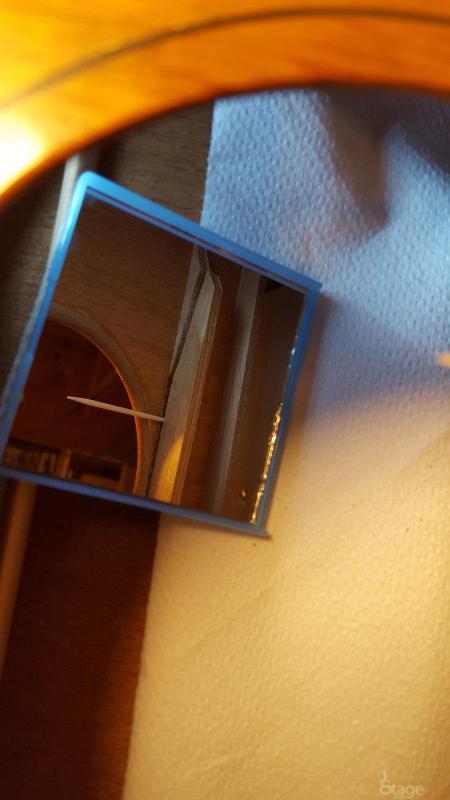
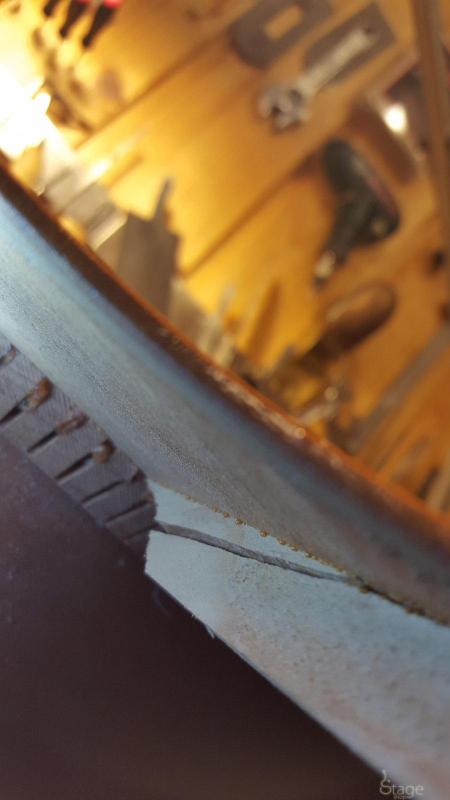

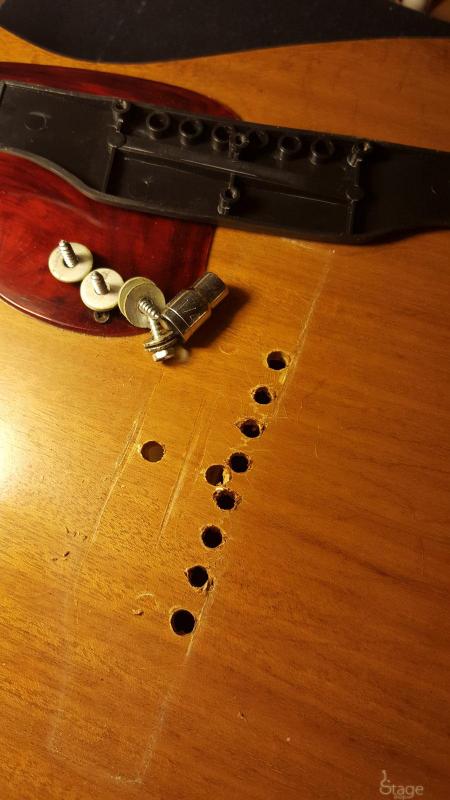

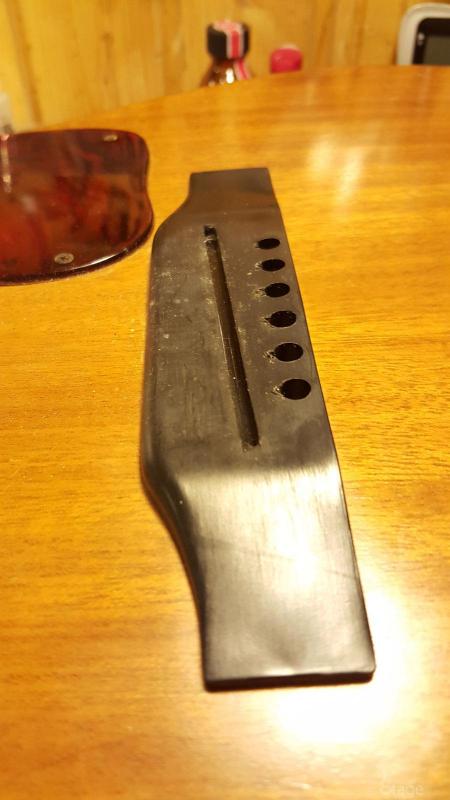
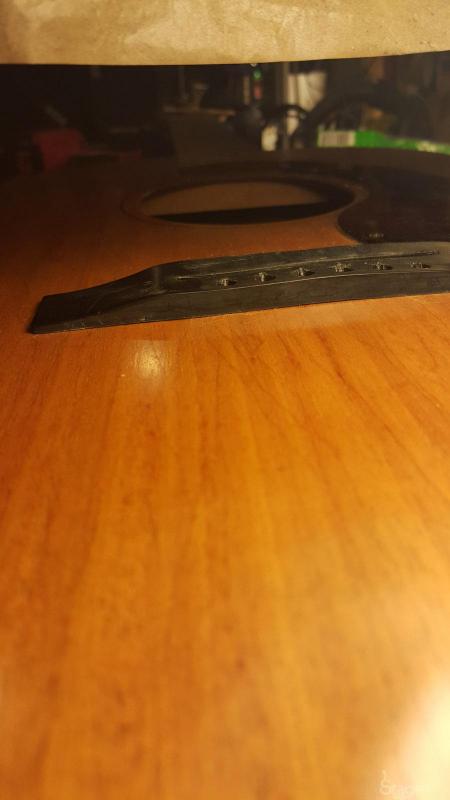

1965 Gibson LG-0 Acoustic Guitar Restoration
Another exciting instrument on our workbench: a 1965, full mahogany Gibson LG-0 acoustic guitar. This model joined Gibson’s lineup in 1958. Their goal was to introduce an affordable model due to the difficult economic conditions of the time and to face the competition’s cheaper guitars that started to approach the quality of Gibson instruments. Its size matches the LG-1, LG-2 and LG-3 instruments, of which the LG-2 was in production since the early 1940’s. The LG-0 received both a mahogany top and back. The catalogue of the time describes it as an easy to play instrument with a thin, comfortable neck. Designed to be a good choice for both beginners and pro musicians.
The mahogany body’s ladder bracing yields a well articulated mid-range. Its bass range is less pronounced. Simple binding, an under-decorated rosette and a pickguard attached with screws all contribute to the instrument’s simplicity and affordability. The 1962 list price was $85. It is no surprise that it quickly became a popular choice.
The most interesting part of the guitar is the bridge. In 1962, the well tried and tested rosewood bridge was replaced by a molded plastic that was fixed to the top with four screws. The reason for its use is also economic. Music shops did not have the resources to employ luthiers. A screwed bridge could be replaced even by a salesperson, if needed. But unfortunately these bridges turned out to be quite weak. The top’s bracing was also not too strong. So, in a few years Gibson returned to the traditional wooden bridges for this model.
This specific specimen remained in quite good condition. Even the plastic bridge is deformed only moderately. The back of the instruments had a few long cracks that were repaired in the past, but they reopened and multiple braces detached as well. The back braces were the main problem. I had to reglue in five places. One of the top braces also turned out to be problematic. It was split through the middle.
The cleats from the old repairs I replaced as all of them were partially detached from the top or back. I glued two mahogany wood sheets together with perpendicular wood grain. I used these for the new cleats and glued them to the top to cut the wood grain at a 45 degrees. The goal was to use a thin but strong reinforcement since the size of these needed to be relatively large.
As I was gluing the braces back, I realized the fretboard also detached from the top. Of course, I fixed this as well.
After the repair where I had to glue the problem areas one at a time, always letting it dry for a day, the instrument received a complete set up. The frets received a profiling and a glass polish. With a fresh set of strings we concluded that the instrument lives up to its description above. It comes alive in the lower-mids. The highs are rounded with a full body and are not at all harsh. It clearly calls for finger-style playing. That is where the instrument’s strengths shine through the most.